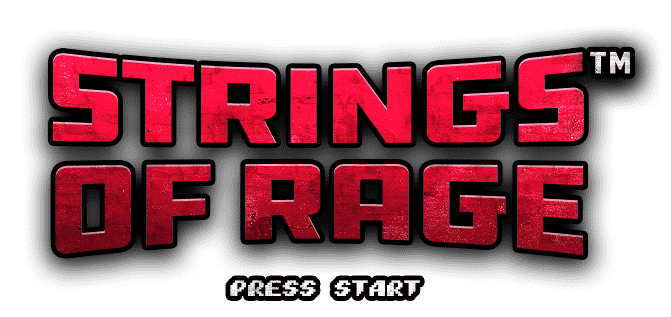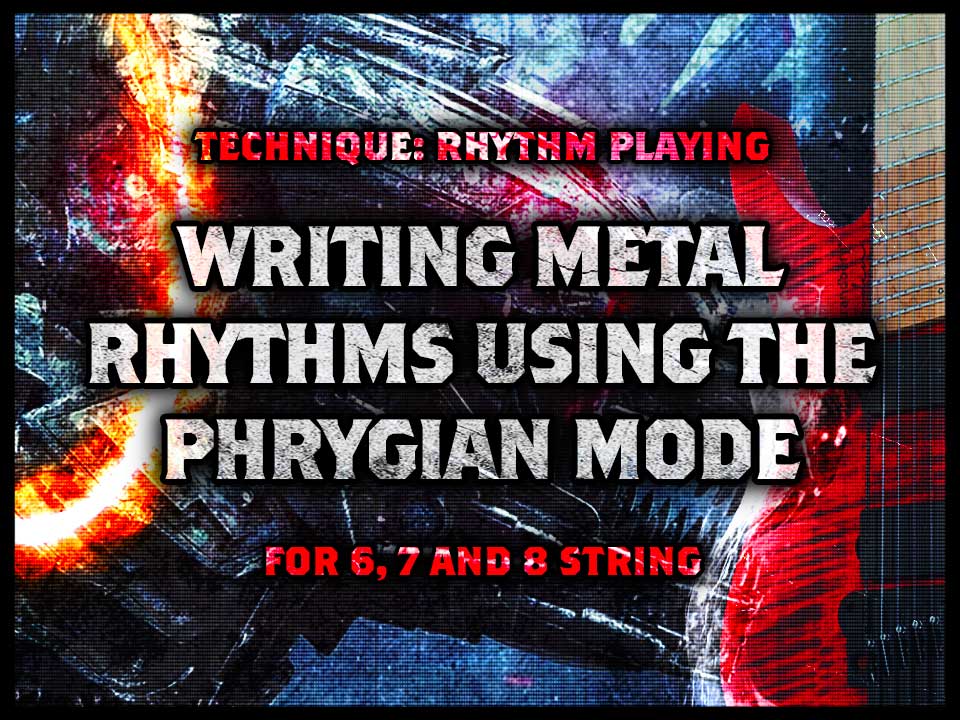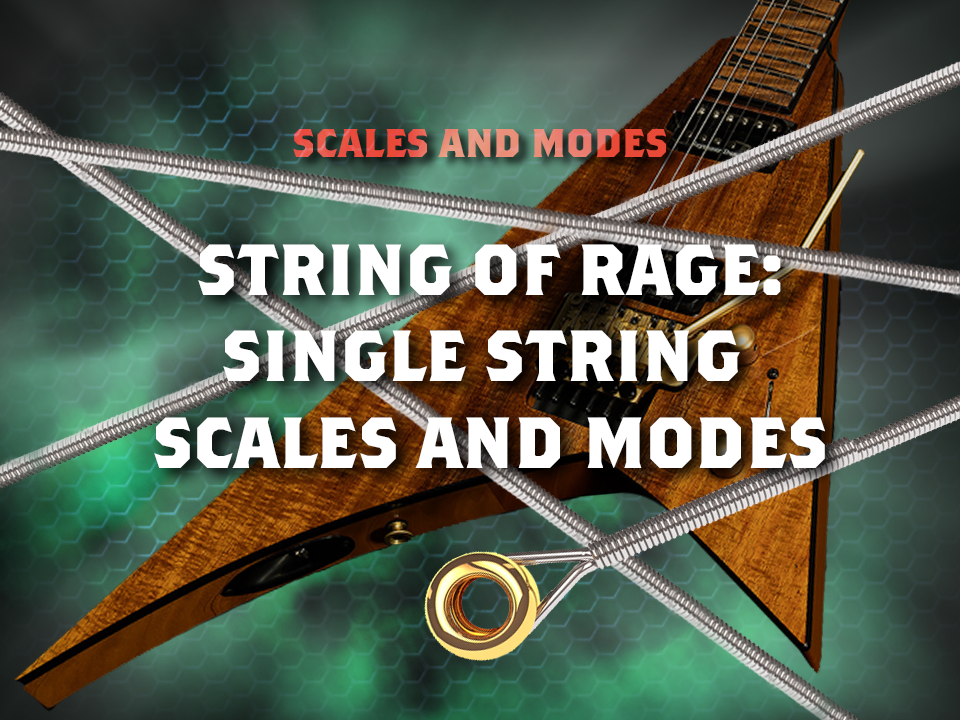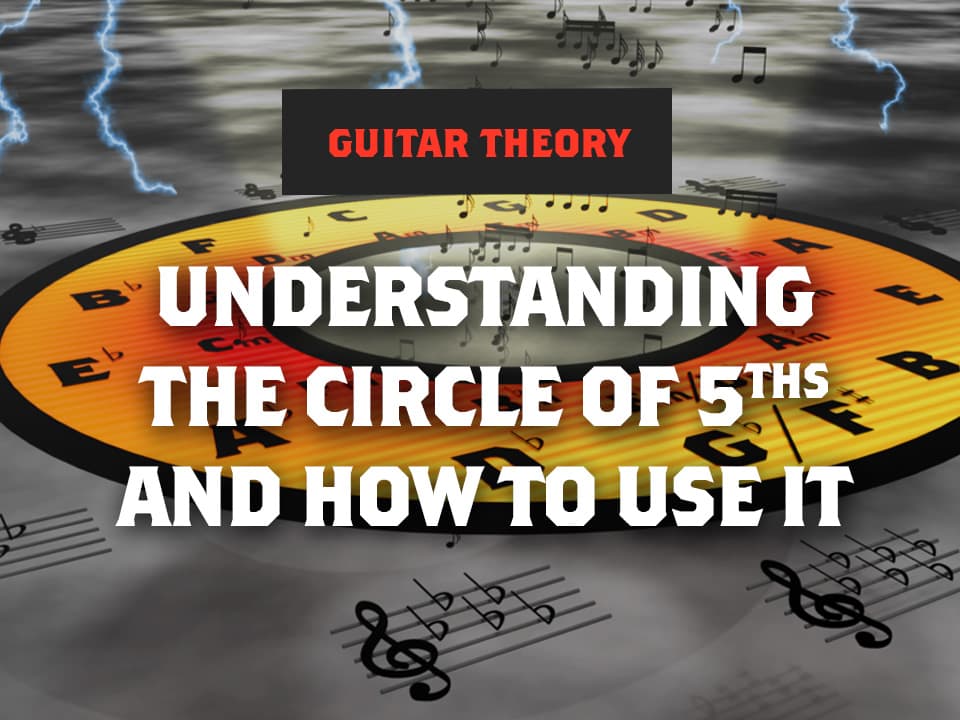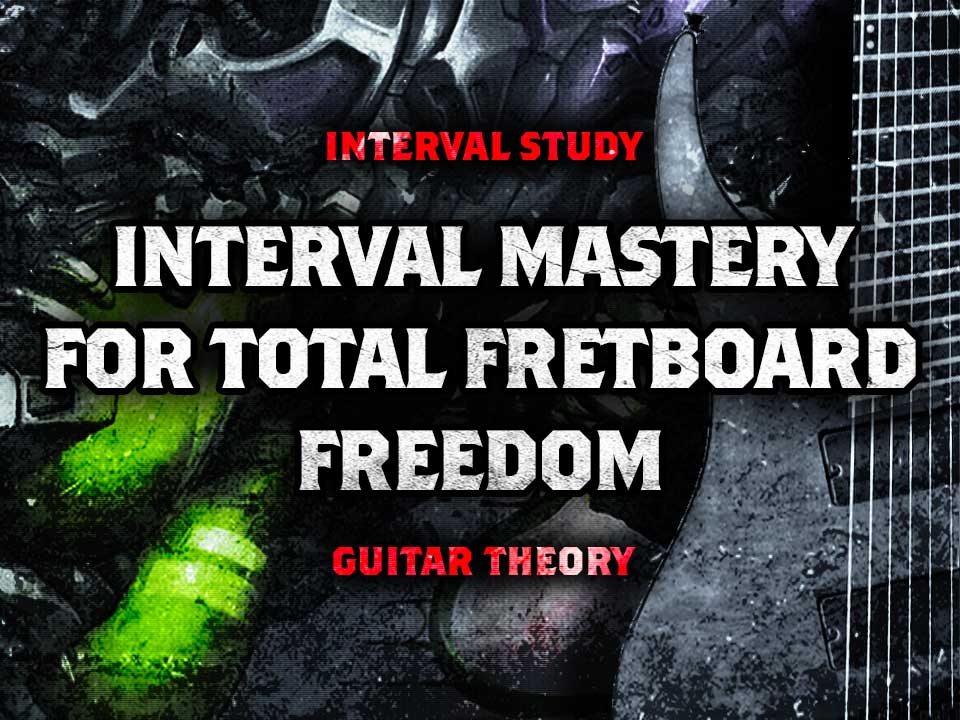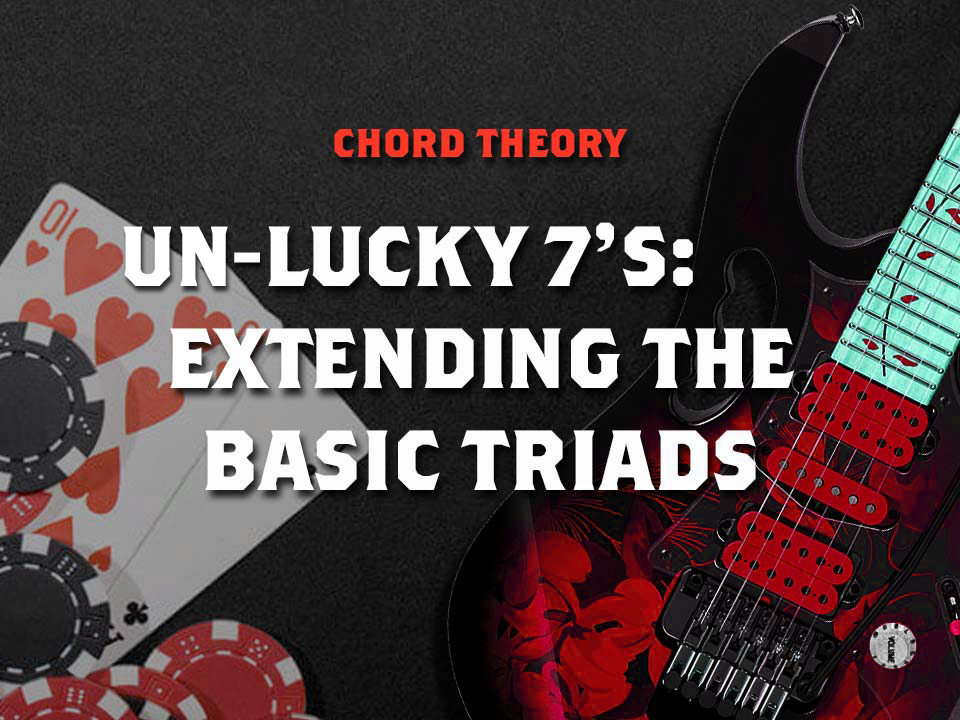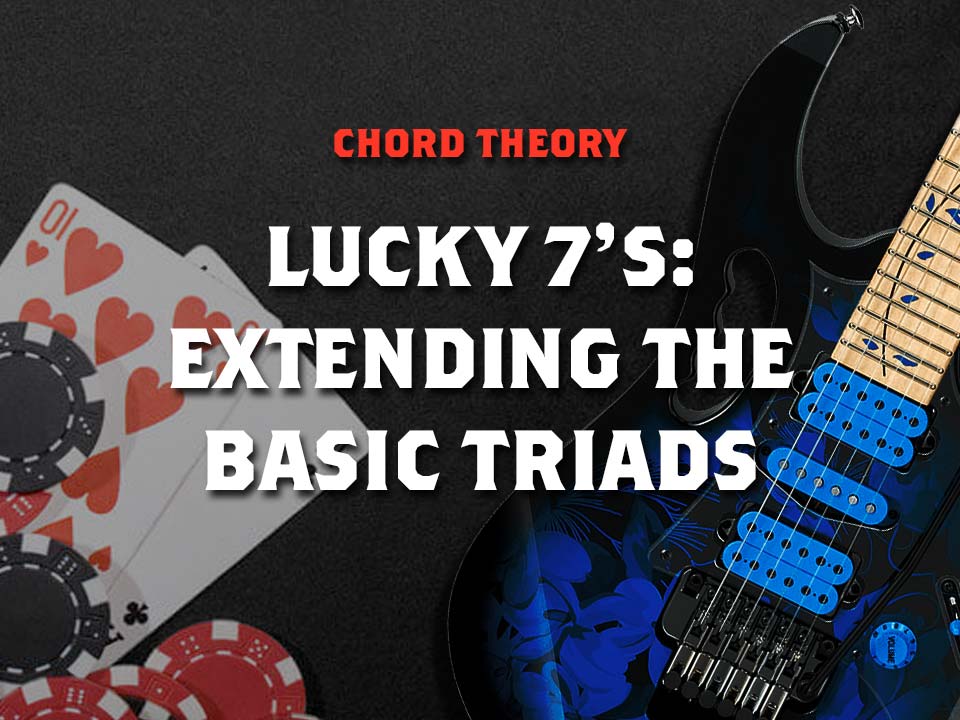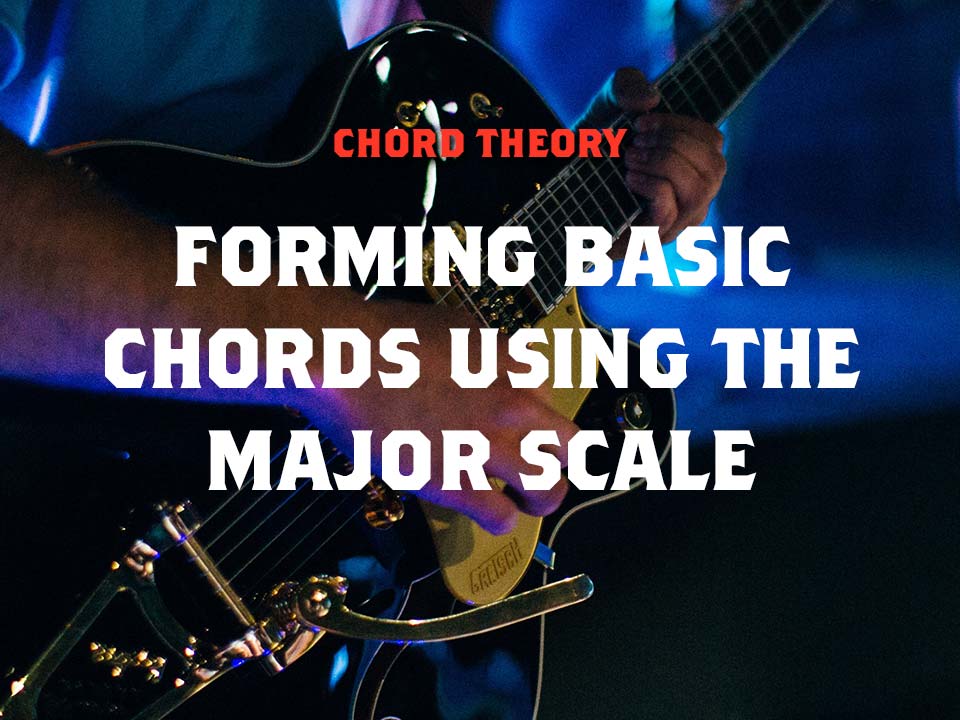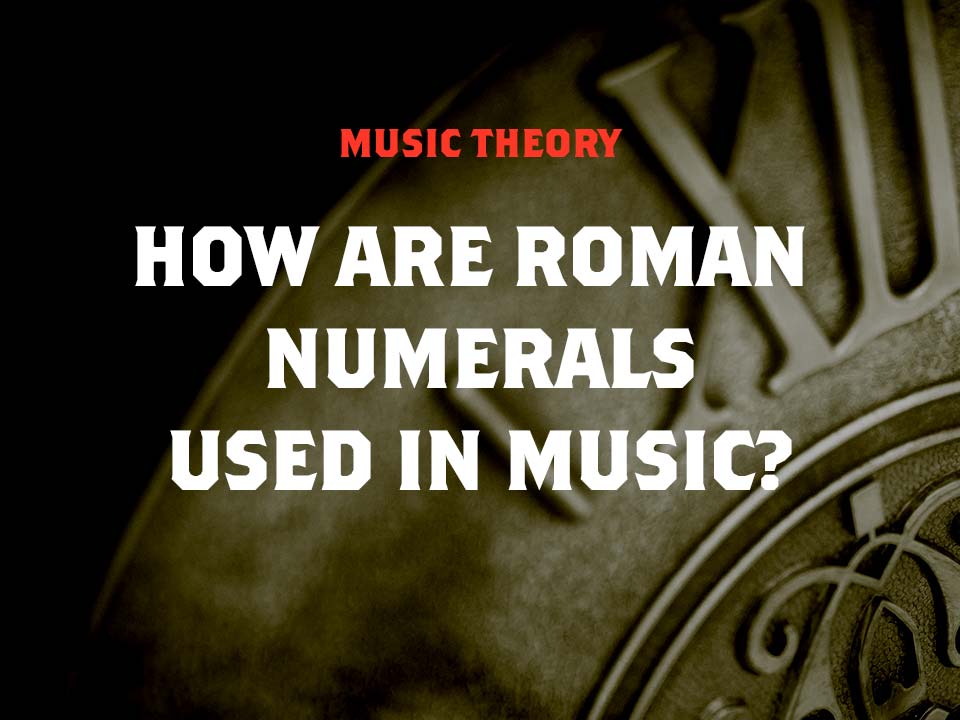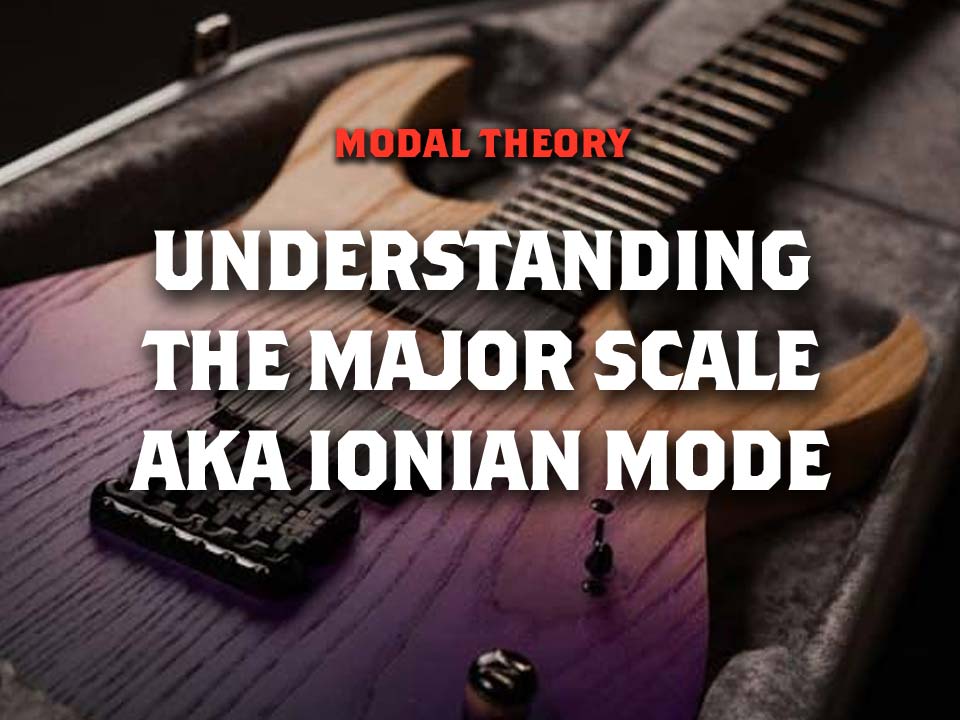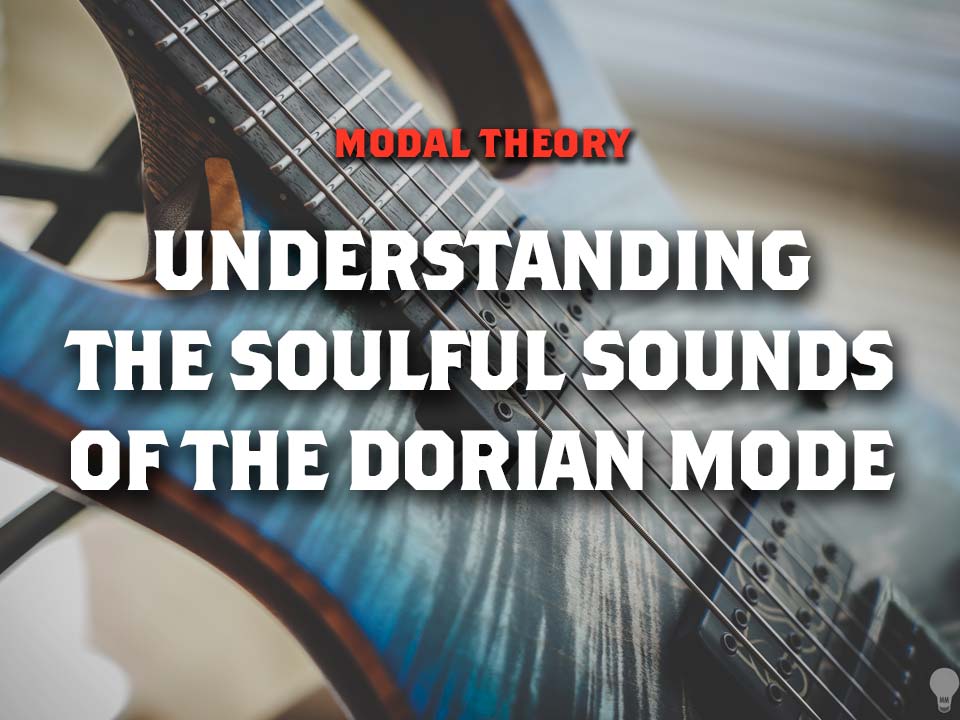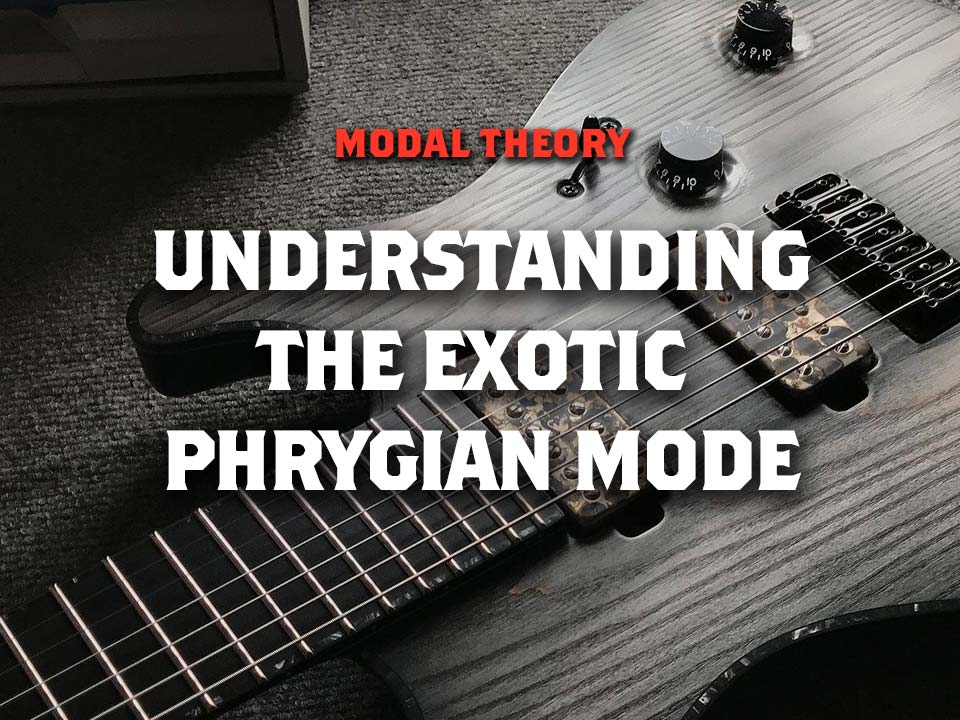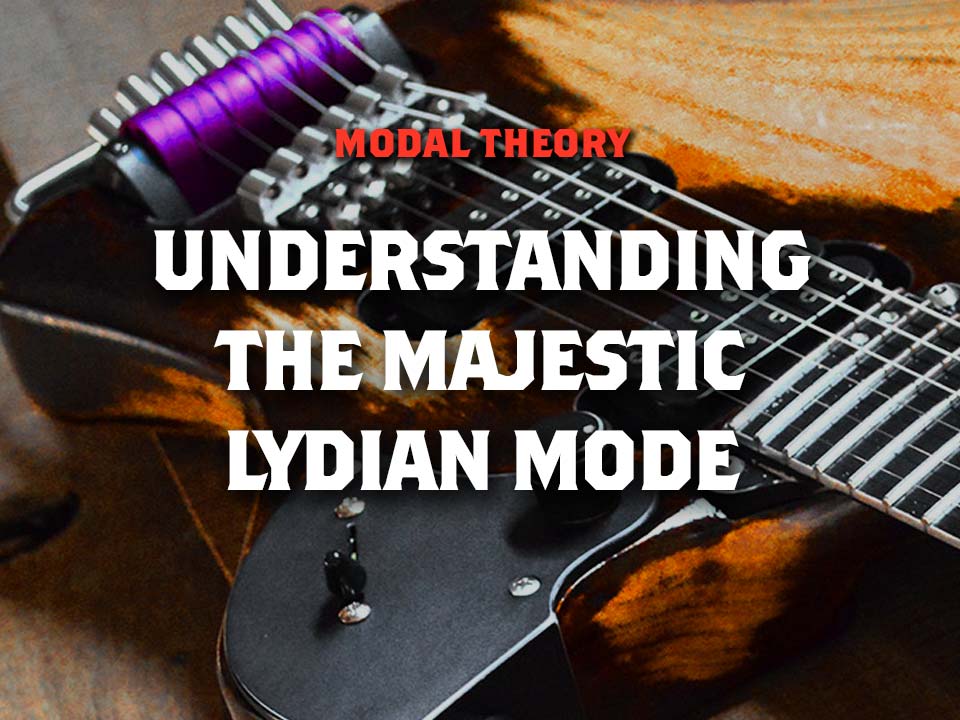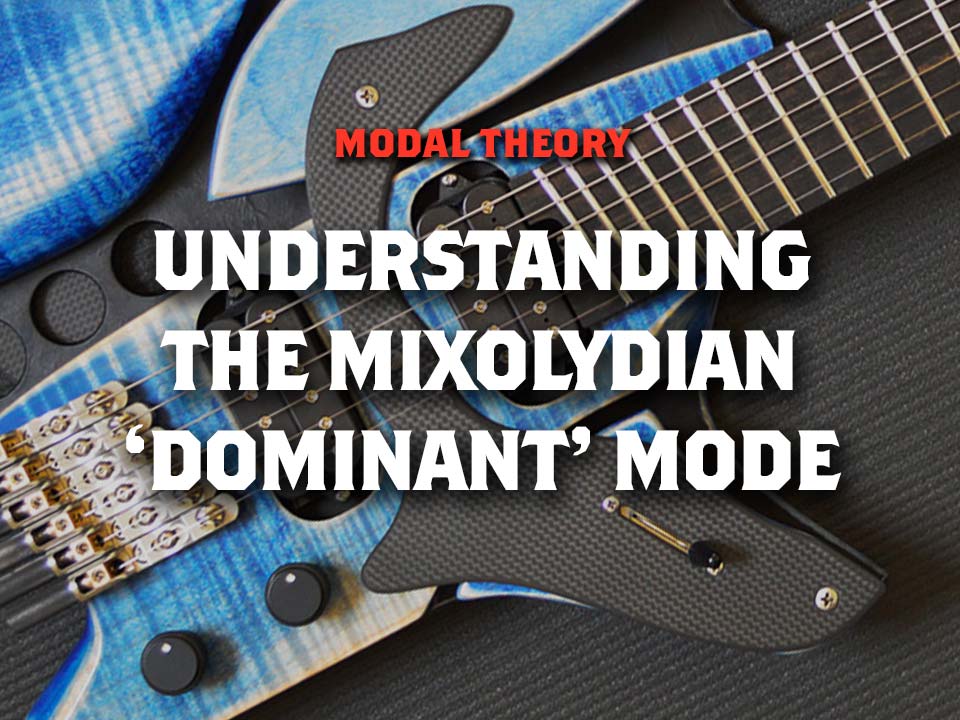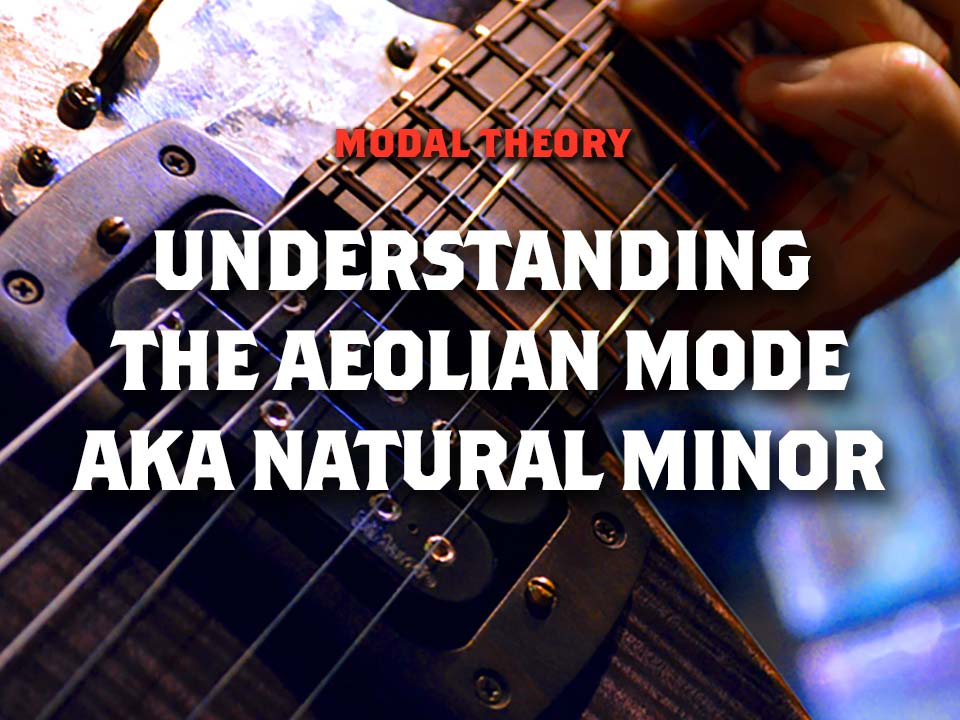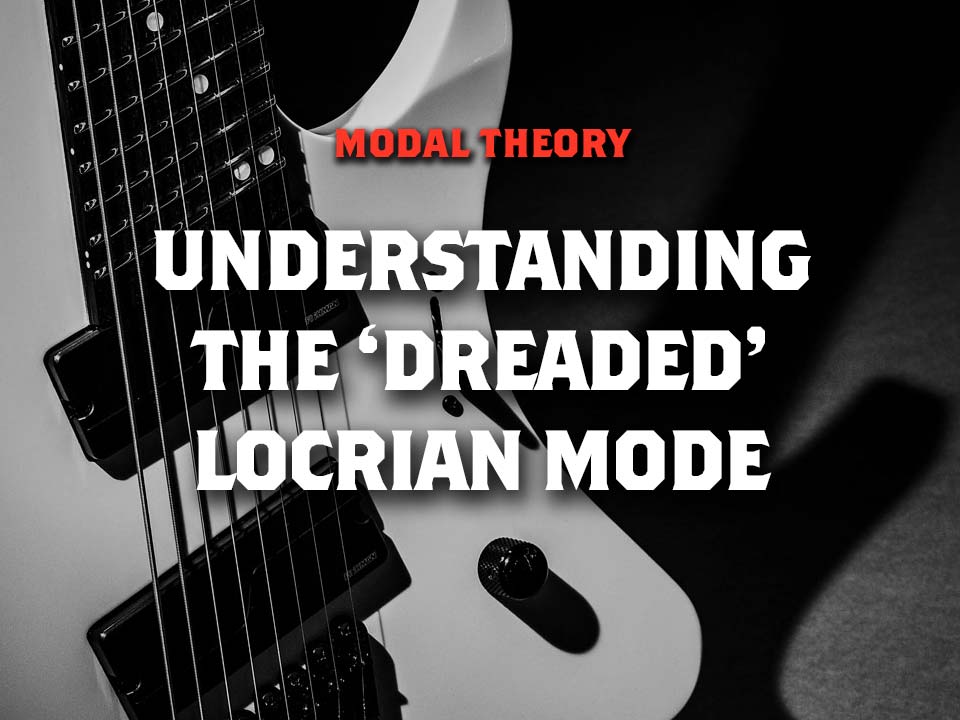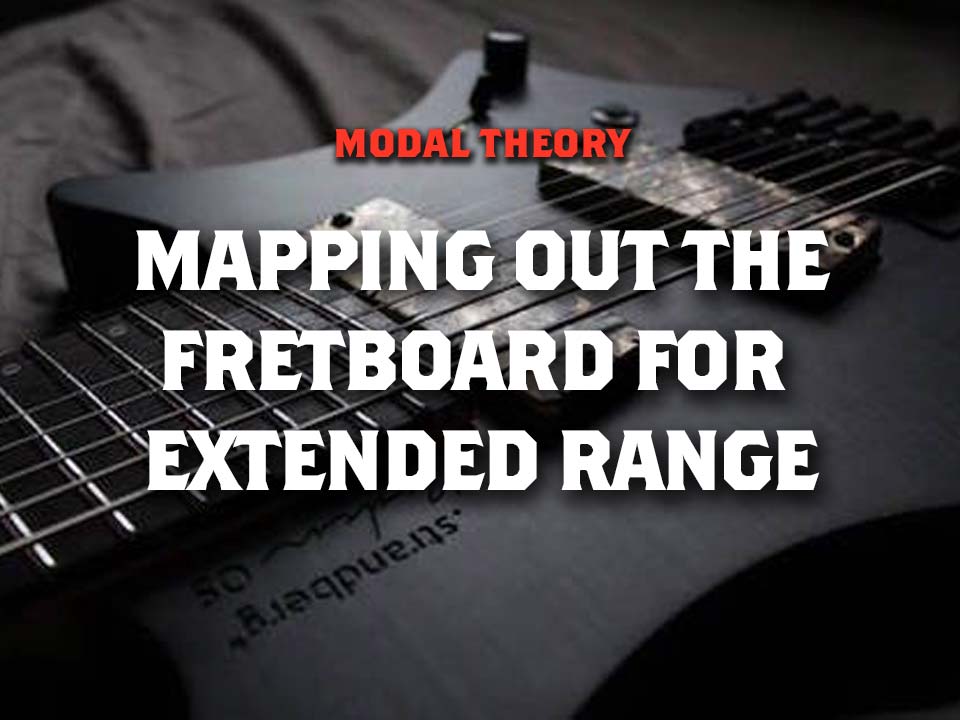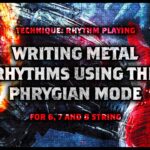Welcome to Strings of Rage™ essential training. This is a complete & ongoing series specifically about fretboard visualisation. We are going back to basics & looking at absolutely fundamental required knowledge. Too many players do not have a solid understanding of what they are doing on the neck. This series will change that.
We’re going to show you how to break out of restrictive freeboard visualisation systems such as CAGED and 3nps. We want to prevent auto-piloting through large shapes and promote a truly concrete understanding of the guitar neck. We’ll do this using a highly adaptive and limitless intervallic thinking method which is used by many of our inspirations such as Per Nillson, Jack Gardiner, Tom Quayle and LoG to name a few.
HEADS UP : This is a theory heavy lesson but grab your guitar because we’re going to be applying this knowledge on the guitar towards the end. This lesson will require patience, brutal self honesty and the desire to improve.
In this first episode we’re going to have a brutally honest look at our understanding of intervals for guitar. All music consists of intervals so a complete mastery of intervals is essential. We’ve looked at intervals and interval functions in-depth before in this lesson and we’d recommend checking that out after this lesson too. We’ll look at how to apply intervallic thinking over the neck in order to see the neck as a whole. Thus breaking away from limiting alternative systems. If you can truly master the intervals for guitar, you’ll be able to do anything. Let’s do this!
Invest Your Time: 19 minutes
Continue Reading